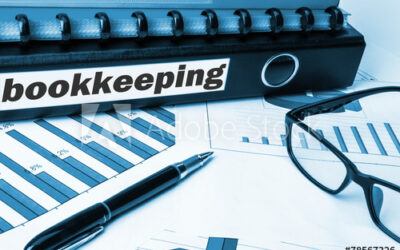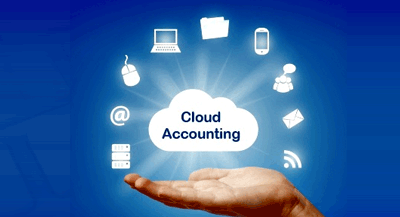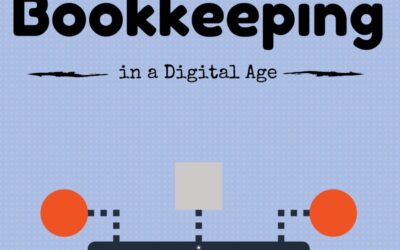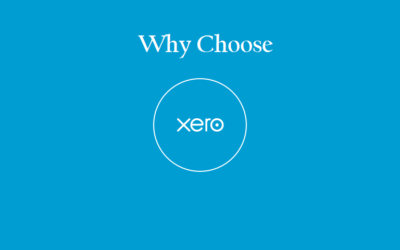Decoding a Balance Sheet
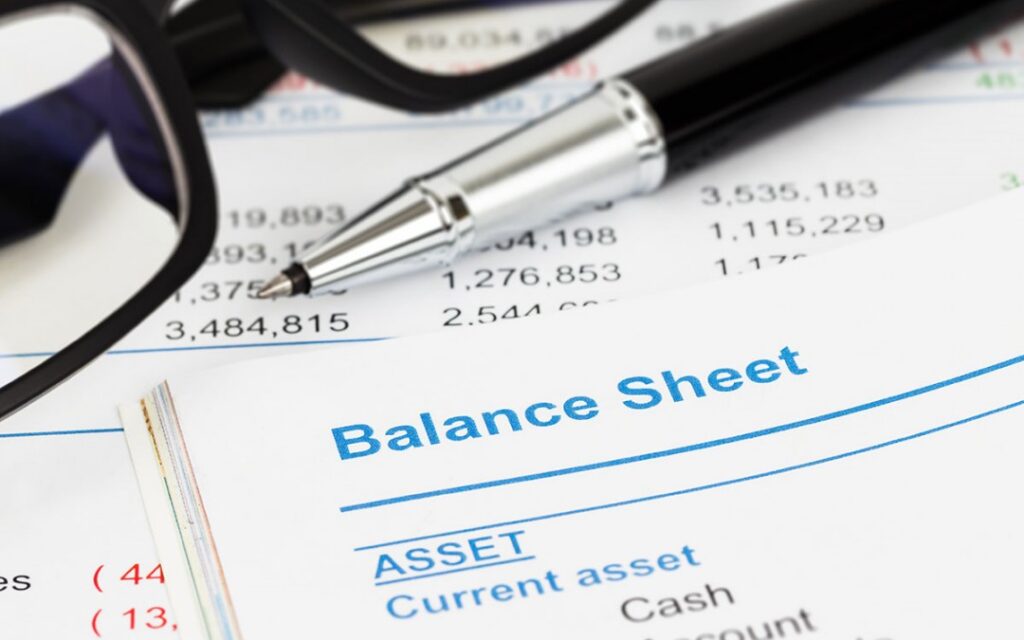
There are many reports and statements that you can download from your accounting software in order to help you to understand where your business is sitting on a financial level, where money is being spent, what money is coming in and the overall position of the company. The balance sheet is one of these reports that can help you see a lot into the business. However when you first look at it, it may be a bit daunting and confusing to understand. The good news is, it is not actually that hard to understand once you know what you are looking for.
We have decoded for you the different sections of your balance sheet to help you learn to understand it and read it.
Current Assets
We already know that assets are possessions in which the company owns have a monetarily value to them.
Current assets are assets that you are able to quickly access. Current assets can include money that is already sitting in the bank account and money that is already in transfer to you such as a transfer for payment of an invoice.
Current assets can also include shares and short term investments that you may have under the name of the business.
Non Current Assets
Non current assets are assets that the company does have but are considered to be long term assets and not ones that can be quickly sold for their value. These would include assets such as a home, cars and large equipment.
Intangible Assets
Intangible assets are a bit different to standard assets. The intangible assets measure the value of the business, its brand and its intellectual property. This section covers all non physical assets.
Current Liabilities
Current Liabilities are current debts that you have to supplies, stockists etc that need to be paid in the near future. These would all have the invoices recording in your accounting program and the total figure show up on the balance sheet as a whole.
Non Current Liabilities
Non current liabilities are your long term debts that have been occurred and will continue to be paid off in installments over a long period of time. These can include mortgages, larger equipment costs and vehicles.
Accrued Expenses
Accrued expenses are expenses that you know that you are going to have however they have not yet been received. These can include superannuation payments and BAS payments. You can run the report, know how much you need to pay however the due date is not for a little while yet.
Stock Holder Equity
Stock holder equity is the remaining value of the assets after the debts and liabilities have been taken out.
The capital stock refers to the amount of money that the owners may have initially invested in the business in order to start it up.
The retained earning is where the profit from the previous years of trading is accumulated.
Deferred Revenue
This line is one that may or may not be needed with your business. It refers to funds that you have received for a service or product that has not yet been delivered. It is identified as a liability as you still owe the client a product or service for the funds that they have paid.
The balance sheet doesn’t need to be scary or stressful to look at. Once you start to understand each section of the balance sheet and how they all work together you will have no trouble in reading it and understanding where the money is within your business.
Ideally you want to have your assets higher than your liabilities and be able to show a profit. If this isn’t the case yet – don’t give up. There is plenty of time to make your business what you want it to be.
